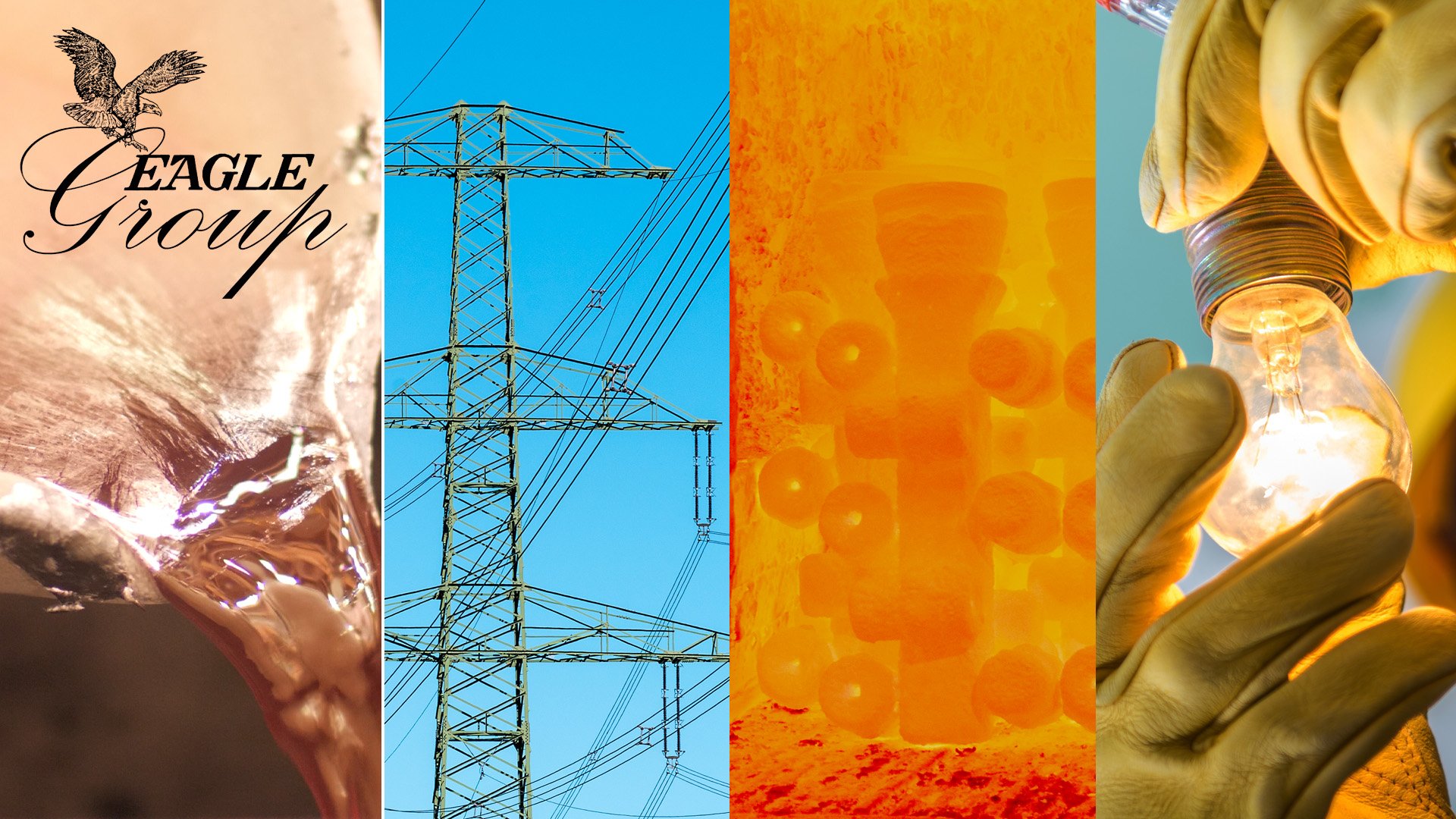Metal Properties: Conductivity
In previous installments of our series on Metal Properties, we’ve discussed characteristics that set metals apart from one another, as well as those that distinguish them from other nonmetallic elements. Conductivity represents an array of essential features that go to the very heart of what defines a metal. In this article we will be asking: what are the factors affecting the conductivity of metals? What are the most thermally and electrically conductive metals, and why does conductivity matter for manufacturers?
All materials possess some degree of conductivity. One of the main characteristics of metals is their ability to conduct heat and electricity, so metals are all relatively conductive compared to non-metals. However, even within metals you’ll find a broad range in levels of conductivity. A sound knowledge of where various metals fall on the spectrum helps manufacturers choose the right alloy for each product.
Metal Properties: Corrosion Resistance
Corrosion is a common challenge affecting the surface of most metal parts. While corrosion often only affects the aesthetics of a metal part, severe corrosion can affect performance and can even lead to equipment failure. Corrosion is such a widespread challenge that the global cost of corrosion is estimated to be $2.5 trillion annually, according to a study by the National Association of Corrosion Engineers (NACE).
Here we explore many of the ways corrosion can manifest in a material, and the techniques manufacturers use to prevent corrosion from affecting part performance.
Tags: Materials, Metals, Metallurgy, Metal Properties, Physical Properties





